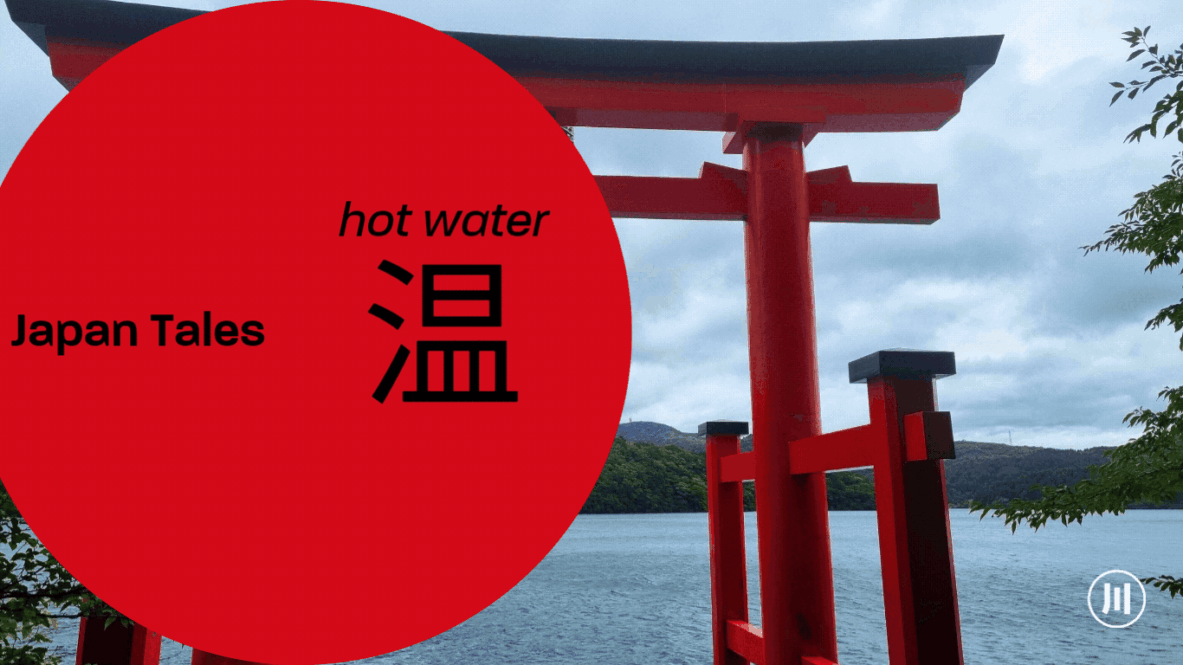
For Autumn, the Japanese word of the month is, in fact, word. Or leaf. 葉 (ha) means leaf, needle. As leaves grow and later fall, 葉 is linked to 歯 (ha) teeth, although the intonation is slightly different. 葉 is also linked to刃 (ha) blades, needles because of the shape of the leaves themselves.
葉 also acts as a counter. Counters are characters that help to convey the meaning of the objects being counted quickly. Because of its immediate meaning of leaves, also spelled as 葉っぱ (happa), 葉 is used for counting flat objects like paper sheets or postcards. By extending its meaning, the Japanese can also use it for small boats, sharing a similar shape to leaves. Rarely used, the usual counter for flat objects is 枚 (main).
Foliage in Japan
葉 appears in a variety of words, especially related to Autumn. A perfect example is 紅葉 (Momiji or Kōyō), literally crimson leaf. 紅葉 as Kōyō represents the egress of Autumn. It reflects the atmosphere and the temperatures getting colder. It evokes leaves starting to turn red and the end of the summer. Japanese people usually interpret 紅葉 Momiji as the actual red leaves.
紅葉狩り(momijigari) is the act of “hunting” for red leaves, and it’s a traditional Autumn activity. Recorded in books as old as the 11th century 源氏物語 (Genji Monogatari), momijigari is the October’s version of 花見 (Hanami). Just like it, it’s a moment to appreciate life’s fleeting beauty and a way to slow down everyday activities and enjoy nature’s beauty. It’s popular in historical places like Kyoto, and in Hokkaido, it’s called 観楓会 (kanpūkai), meaning “going together to watch the foliage.”
The transformative power of words
葉 is also used in 言葉 (kotoba), word. Originally, 言 (koto) alone meant word. The Japanese also used Koto to mean “fact.” One of the ways to say words was 言の葉 (kotonoha). Taking 葉 meaning of shard, blade, it meant “a shard of an event” or “a piece of information,” which eventually became just a word. The original meaning of “leaves,” which transform in the autumn months, can also refer to the mutation into “word.” The leaf’s transformation is a metaphor for the everchanging aspect of language and expression.
言の葉 also meant “poetry.” The 万葉集 (Manyoshu) Anthology of Ten Thousand Leaves is a poetry collection of the 8th century. The poems can be interpreted as leaves in the grand tree of poetry, or the book’s pages represent the leaves. In the preface of the 古今和歌集 (Kokin Wakashu, or more simply Kokinshu), poems are compared to seeds that flourish into leaves inside peoples’ minds.








